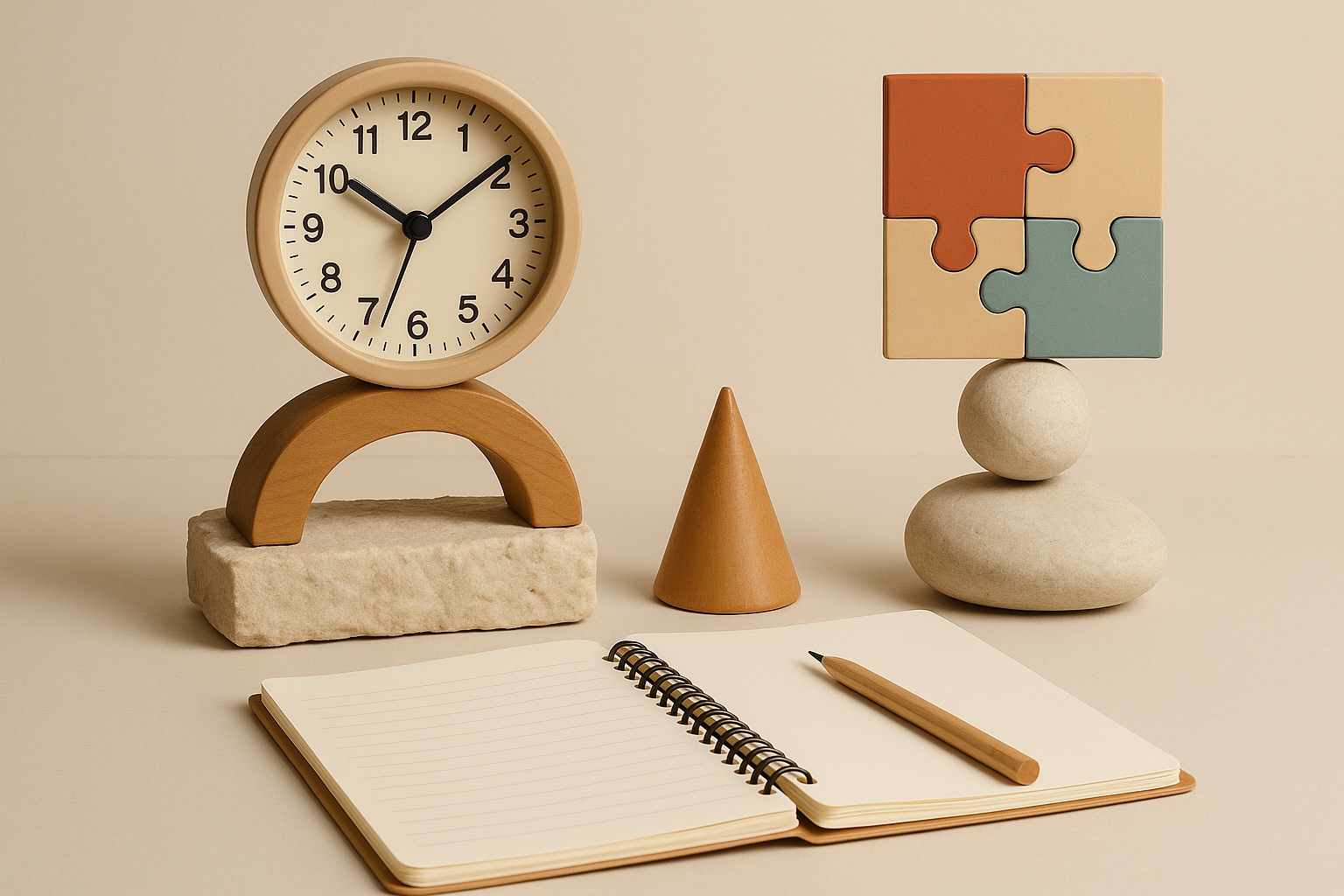There’s a particular kind of modern anxiety that comes from having too many tabs open not just in our browsers, but in our lives. A recent post I read perfectly captured this feeling: a genuine desire to get everything “together,” from habit tracking and workouts to finances and calendars, ideally in one aesthetically pleasing digital space. The author, like so many of us, found themselves drawn to the flexible beauty of apps like Notion, only to hit a wall when a single, crucial piece, like finance tracking, didn’t quite fit. Its a familiar story. The dream of a single, elegant dashboard for our entire existence clashes with the messy reality, leaving us feeling overwhelmed and scattered across a constellation of apps and notebooks. This isn’t just a search for an app; it’s a quest for a feeling of control and cohesion in a world that often feels like anything but.
The All-in-One Mirage
The promise of the “all-in-one” workspace is incredibly seductive. In a digital landscape saturated with specialized tools, the idea of a single hub to manage every facet of our lives feels like the ultimate productivity hack. Platforms like Notion, with their database-driven flexibility, have become the canvas for our most organized selves. We see templates for meal planning, intricate financial trackers, and daily journals, and believe we’ve found the holy grail. However, as we quickly discover the dream can become a source of friction. The truth is, tools designed for infinite flexibility often require you to become a systems architect, building from the ground up. This can be a rewarding process, but it can also be a form of productive procrastination. Sometimes, a dedicated tool simply does a better job. A specialized budgeting app like YNAB or Mint is built with years of financial expertise behind it, offering features that would be cumbersome, if not impossible, to perfectly replicate in a general-purpose tool. The key insight is to distinguish between what is *possible* and what is *practical*.
The Analog Anchor in a Digital Sea
The conversation around productivity isn’t just about which app to use, but whether to use an app at all. While our lives become increasingly digitized, there has been a powerful counter-movement toward analog tools. The enduring popularity of bullet journaling, fountain pens, and simple paper planners speaks to a deep human need for a tangible connection to our thoughts and plans. There’s a certain finality and mindfulness in putting pen to paper that a blinking cursor can’t replicate. For many, the most effective system isn’t a choice between digital or analog, but a thoughtful integration of both. A digital calendar might be non-negotiable for scheduling and reminders, while a physical journal becomes the sacred space for morning pages, brainstorming, and untangling complex thoughts. This hybrid approach allows us to leverage the efficiency of technology for the “what” and “when,” while preserving the reflective, grounding power of analog for the “why” and “how.”
From Scattered Tools to a Cohesive Ritual
If the all-in-one app is a mirage and a purely digital or analog system feels incomplete, how do we create that sense of cohesion we crave? The secret isn’t in the tools themselves, but in the rituals we build around them. The most organized people often don’t have a single perfect system; they have a disciplined practice of reviewing and synchronizing their various tools. This could be a “Sunday Sync” where you review your paper notes, update your digital task manager, and plan the week ahead on your calendar. It could be a 10-minute “end-of-day shutdown” where you transfer any lingering thoughts from your head into the appropriate system. The feeling of being “on top of things” comes not from having everything in one place, but from the confidence that you have a trusted process for seeing and handling all the moving parts. The calendar becomes the central hub for your time, the task manager for your actions, and the journal for your thoughts, all separate, but all connected by your consistent attention.
Perhaps the goal shouldn’t be to find the perfect, unified system, but to embrace the beautifully imperfect, hybrid model that truly serves you. The quest for organization is deeply personal, and what works for a student juggling classes won’t be the same as for a freelancer managing clients. Instead of asking “How can I fit my life into this app?,” we might ask, “What combination of tools and rituals will support the life I want to live?” The most productive system is the one you don’t have to think too hard about, the one that fades into the background, freeing you up to actually do the things you were planning to do. What does your system look like? Share the beautifully imperfect, chaotic, or streamlined way you organize your life in the comments below.

